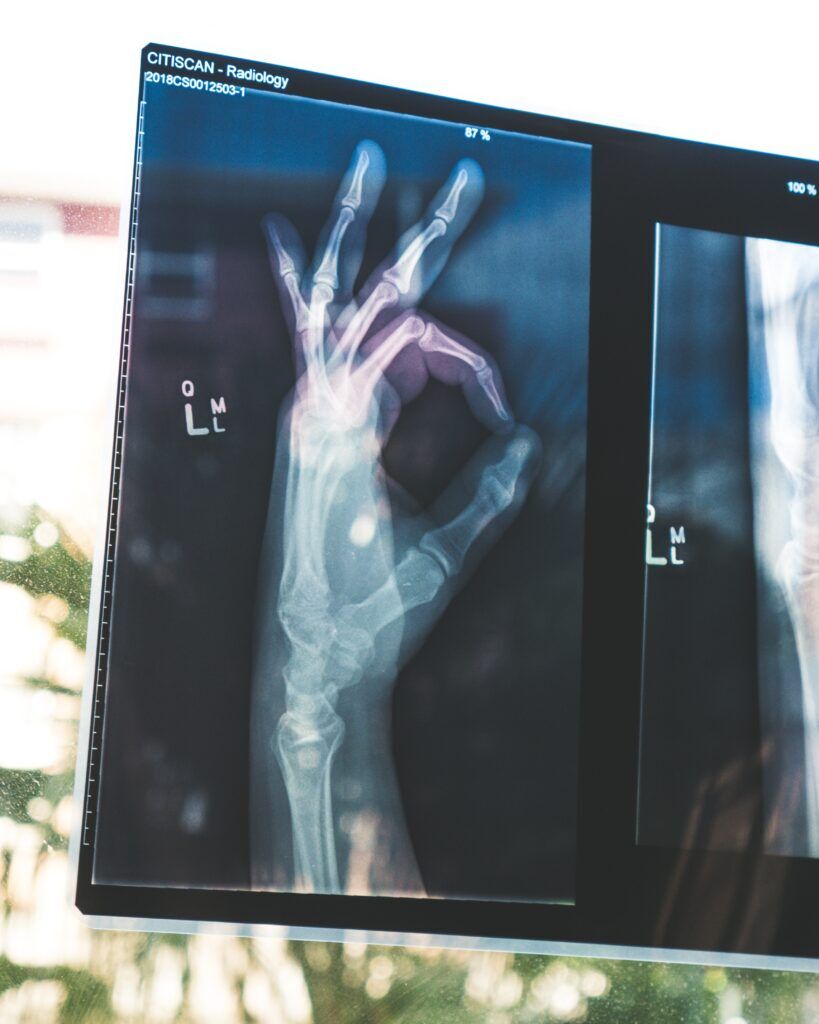Personal injury claims arise when a wrong has been done to a person, which causes such person to sustain injury to his body, mind, emotion, or person. A person who has been wronged can bring a case for compensation due to the injury done to him. Personal injury claims can arise from car accidents, construction accidents, medical malpractice/negligence, premises liability, birth injury, product liability, dog bite, and drowning cases.
Personal injury cases are civil law cases. To prove any civil case, including personal injury claims, you must prove it through a preponderance of evidence. This means you have to get all the evidence that supports the fact that your injury is due to the act or omission of the other person.
Different pieces of evidence can be tendered when taking a personal injury claim to court. They are briefly mentioned below:
Photographs and videos
Pictures and videos of the incident can help you establish the cause and effect of the defendant. You should take all relevant photos of the scene of an incident. For example, in the instance of a car accident, you can take pictures of the injury you have sustained as a result of the reckless driving of the defendant. You can also take photos of your car if it is damaged. Pictures taken by eyewitnesses would also suffice.
Videos of the event can also help you establish your case properly before the court. This is because video evidence captures the flow of the event. Video evidence can be obtained from CCTV cameras, dash cams, street cameras, and videos made by eyewitnesses.
Medical Records
Medical records help convince the jury and the court that you have sustained the injury as a result of the act or omission of the defendant and the extent of the injury you have sustained. This is essential because it gives the court insight into what you have suffered from the injury from a medical point of view. Medical records include blood test results, surgical results, doctor’s notes concerning your diagnosis and treatment, x-ray results, MRI results, prescriptions, reports of emotional stability, discharge papers and instructions, and any other medical reports necessary.

Witnesses
Witnesses can testify to the truth of your claim in court. Two types of witnesses can testify during your personal injury case. They are eyewitnesses and expert witnesses.
Eye witness
Eyewitness testimony is an invaluable source of evidence. This is because they can tell what they saw from the sidelines. In the case of a car accident, they would be able to tell how fast the driver was moving and other first-hand information. They would be able to give more life to the story. Witnesses can also come in the form of people who saw the injury’s effect on your health and your general welfare.
Expert witness
Experts are credible authorities in their various fields of specialization. Experts can testify on the technicalities of the circumstances surrounding the incidents. For example, in construction cases, an expert may be needed to explain complex aspects of what transpired at the accident scene. Expert witnesses can also use computer-generated animations to simplify their witnesses better to ensure that the court fully understands the case’s complexities.
Animations in Personal Injury Cases
Sheff (2020), in his article, Animations in Personal Injury Cases, published in the Massachusetts Academy of Trial Journal, stated that “properly done, an animation can summarize years of investigation, discovery, witness testimony and expert analysis in a matter of seconds. It can distill complex and sometimes technical information into a simple, easy-to-digest and persuasive expression of an event.” He further explains that animations can be used in personal injury cases to encapsulate the degeneration of a structure over time, show how fire progresses, describe brain injury progression over time, and many more matters.
Police Report
The police report of the incident may not categorically state the cause of the incident. However, it can help to bring an objective point of view on the facts of an incident. You can always request a copy of the police report to give credence to your claim.
Documents specifying expenses incurred.
The aim of bringing a personal injury case to court is to receive compensation. Therefore, you have to gather every document that points to the amount you spent due to the injury. It can include medical bills, repair bills, and money spent during the case.
Fox Animated Engineering will accurately illustrate events: Vehicular Cases, Medical Cases, Construction Cases and Intellectual Property Cases. Click here to reach out to our team.






